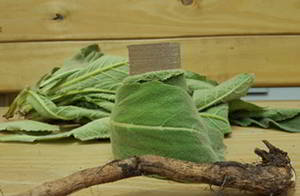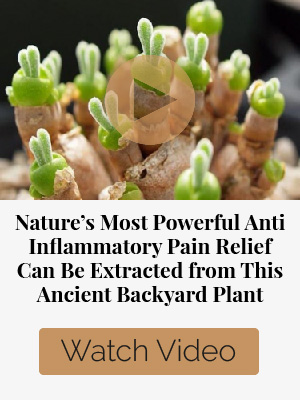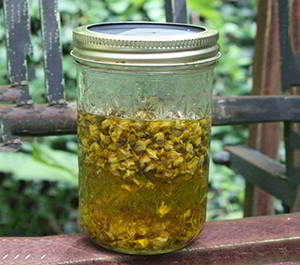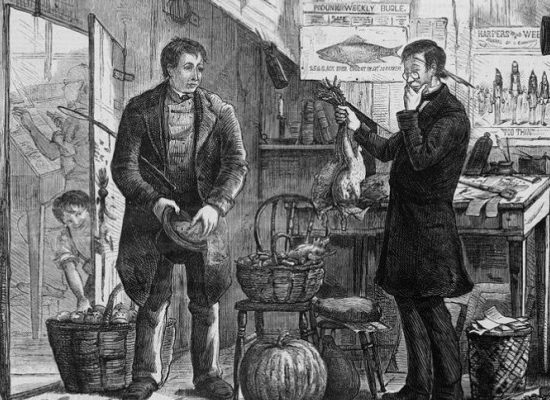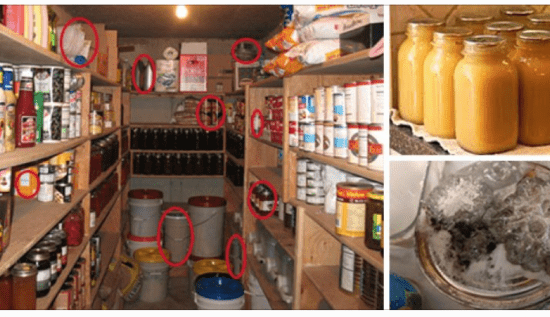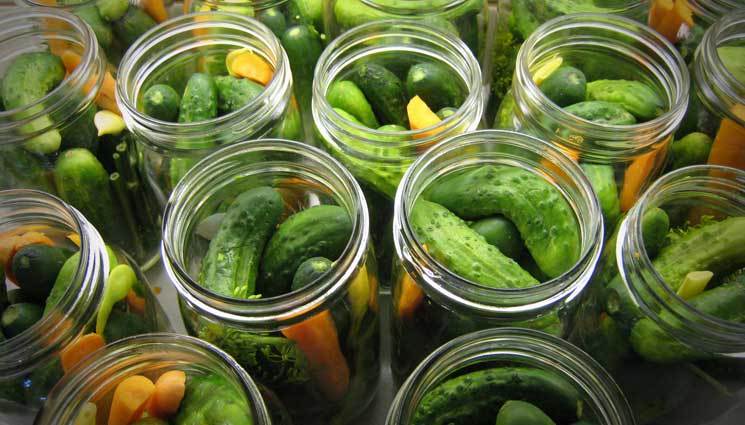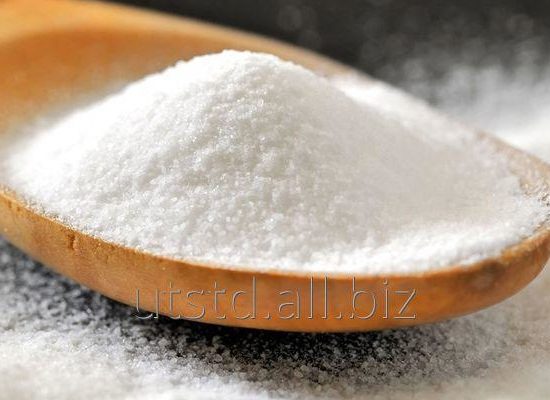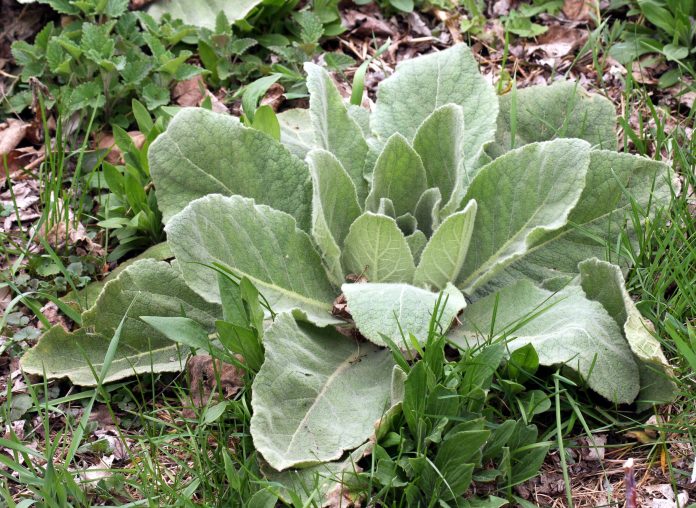
Mullein, commonly known as verbascum thapsus, is also referred to as the velvet plant or elephant’s ear because of the hairy leaves that are very smooth and supple, rather than being prickly as are most fluffy-looking plants.
This herb can be found abundantly in most ecosystems, including where it was not intended to grow by anyone, and like many plants that people call weeds, it has many uses in everyday life and particularly in survival. Looking back at how our forefathers used mullein, we can get a good idea of how it might help us if the world comes to an end, as we know it.
Practical Uses
Mullein‘s soft fuzzy nature gives its leaves a wealth of practical applications, both historically and in survival situations. In an SHTF scenario, the rest of the plant may theoretically also play a part.
- Toilet Paper – This leaf makes for a smooth, fun toilet paper substitute before the advent of toilet paper or even in a pinch in the woods. In fact, this plant’s folk name is The Cowboy’s, Toilet Paper. The broad leaves and soft texture make it a perfect alternative, but you should be careful to wipe with the hair grain to minimize discomfort caused by shedding fuzz. Here are some homemade toilet paper alternatives.
- Providing Warmth – They’re perfect just to provide extra energy. Whether you’re lining your clothes with these leaves to provide extra cushion and warmth, or preparing a blanket or small shelter from them to keep warm at night, the furry leaves are great for adding extra insulation.
- Fire Starting – Mullein has many uses in fire construction. The stalks make an excellent tool for the methods of starting the bow or hand drill fire starting methods. The seed pods and dried leaves are excellent tinder for starting a fire. Dipped in any liquid fat, flammable sap, or beeswax, the seed heads attached to the stalks are perfect for torches, earning mullein together with the yellow flowers, another of their nicknames: golden torch.
- Fish Tranquilizer – This plant’s seeds can be used as a paralytic fish agent. In a survival situation, this may aid in the selection of fish for food or other purposes.
- Shoe Insoles – When conventional insoles are no longer an option the leaves can provide a cushion in shoes. Combined with the leaves’ medicinal properties, mullein leaf insoles can help reduce the friction causing blisters and keep feet free of infection.
Medical Applications
When conventional insoles are no longer an option the leaves can provide cushions in shoes. Combined with the leaves’ medicinal properties, mullein leaf insoles can help reduce the friction causing blisters and keep feet free of infection.
- Chest Complaints – The mullein plant’s dried or fresh flowers are also used to improve cough and other lung and airway conditions, such as bronchitis, asthma, or croup. Traditionally, it has also been used to treat consumption or tuberculosis. Tea made with honey added from mullein provides a perfect remedy for sore throat. This is a well-known treatment for cold and flu. Because of its expectorant and calming properties, it is perfect for those things, plus its ability to combat infection.
- Pain Reliever, Anti-Inflammatory, Soother – The plant is said to help relieve pain and swelling when used topically in the affected area or in a tonic or tea with aspirin-like effects, or modern-day NSAIDs and acetaminophen. The ability to apply this anti-inflammatory skin soother topically makes it an ideal treatment for hemorrhoids, too.
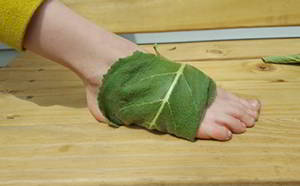
- Infection Fighter – Cowboy’s bandages are called just that because they make a great bandage, even where there are more common alternatives. That is because its properties are antibacterial, antiviral, and antifungal. This means that the leaves of the mullein plant, along with providing a soft, gentle barrier, can help fight off wound infection. Tea made from the mullein plant has also been used to treat mild infections as a sort of internal antibiotic. Clinical indications show that mullein, when placed directly into the ear as part of a herbal solution, can be an effective home remedy for ear infections.
- Helps Heal Bruises and Other Injuries – A poultice of mullein leaves and flowers are frequently used to strengthen bruise conditions and damaged connective tissue or bones. This plant’s pain-relieving and anti-inflammatory properties make it ideal to help less painful broken bones and sprains, and strains. Here’s a DIY guide on how you can make your own healing salve.
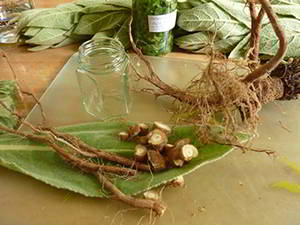
- Bladder Health Support – This herb, especially the root, is also used to aid in supporting the urinary system. For bed-wetting children and adults with bladder control problems, it is often used for treating urinary incontinence. Mullein may also be used to treat urinary tract infections.
In the Garden
- Adding Plant Life in Areas Ravaged by Animals – Most of the animals avoid eating mullein, like goats and deer. It means that when these animals damage the ground, the hearty herb is a perfect way to prevent an area from being eaten down to the dirt. Retaining plant life in the soil can help avoid erosion and flooding in an area.
- Adds Nitrogen to Soil – This plant returns essential nitrogen to the soil so that it can be used to enhance soil conditions for other plants, especially plants that need a lot of nitrogen. Since locating, detecting, and growing is so simple, it would be an ideal way to create soil in case you needed more food to produce in a small area, like an urban SHTF scenario.
- Attracts Good Insects, Deters Bad – Mullein blooms lure pollinators that help plants grow, and it is repellent to many bugs that may do your garden harm. It is easy to plant, and it will thrive almost anywhere, so consider planting it around your garden to provide a barrier to insects.


